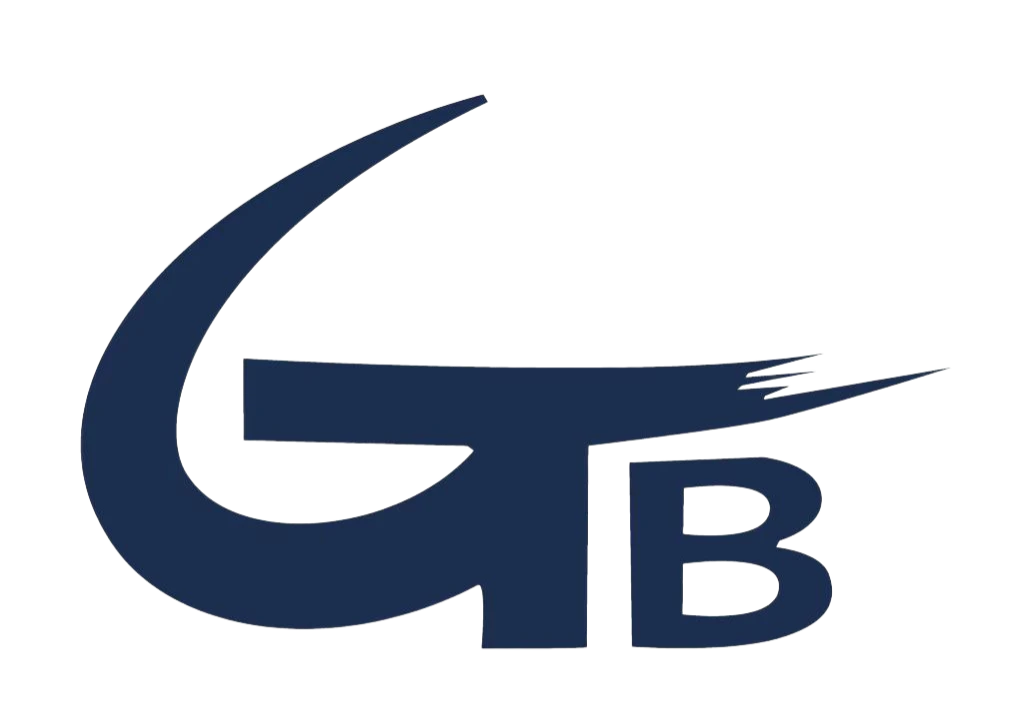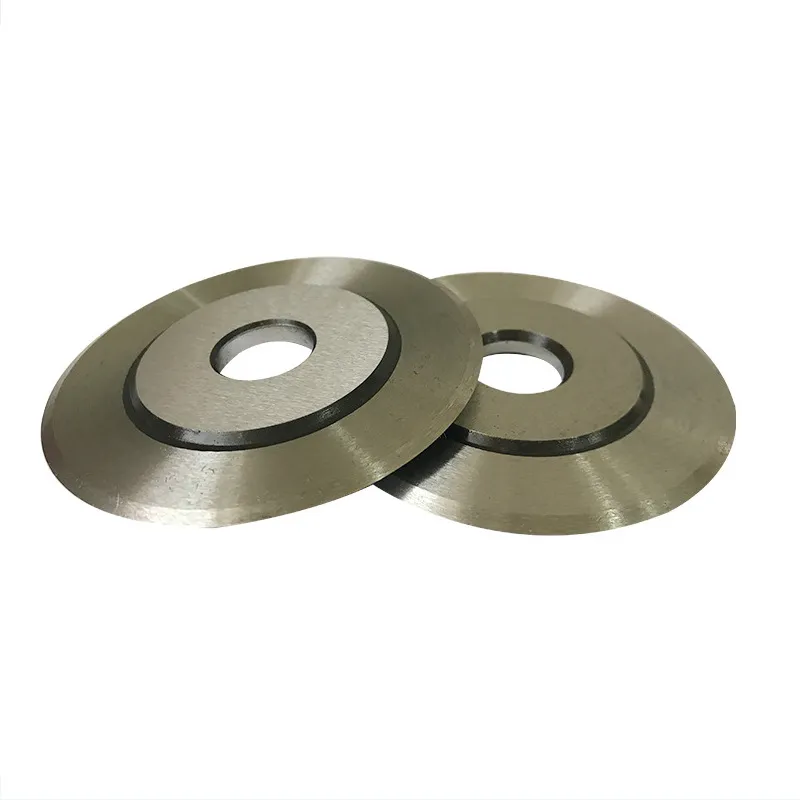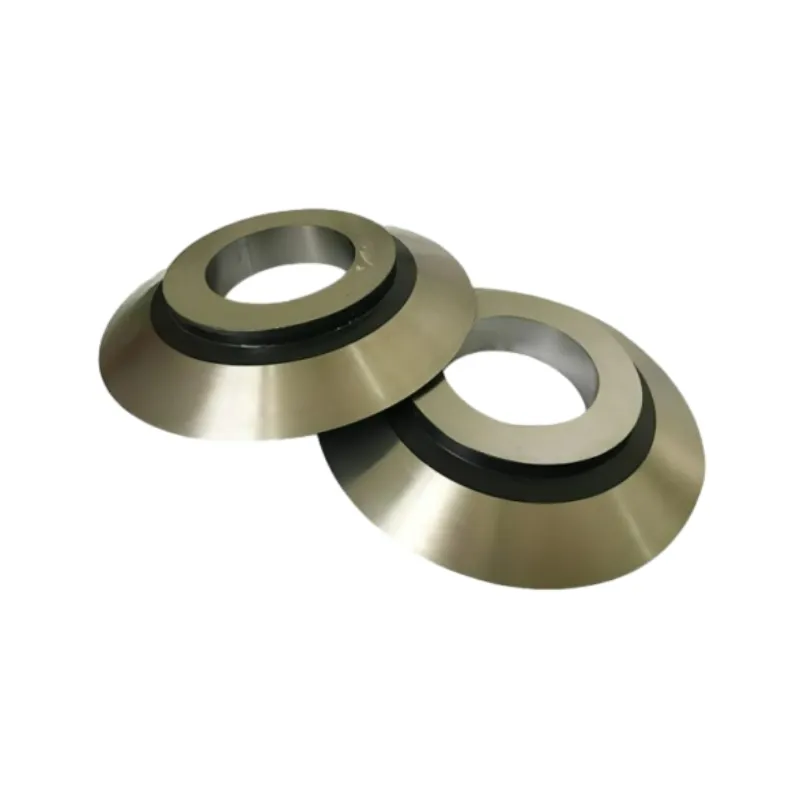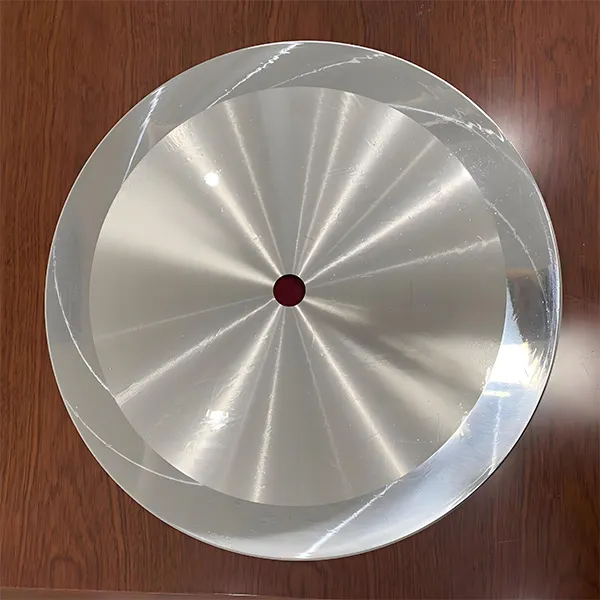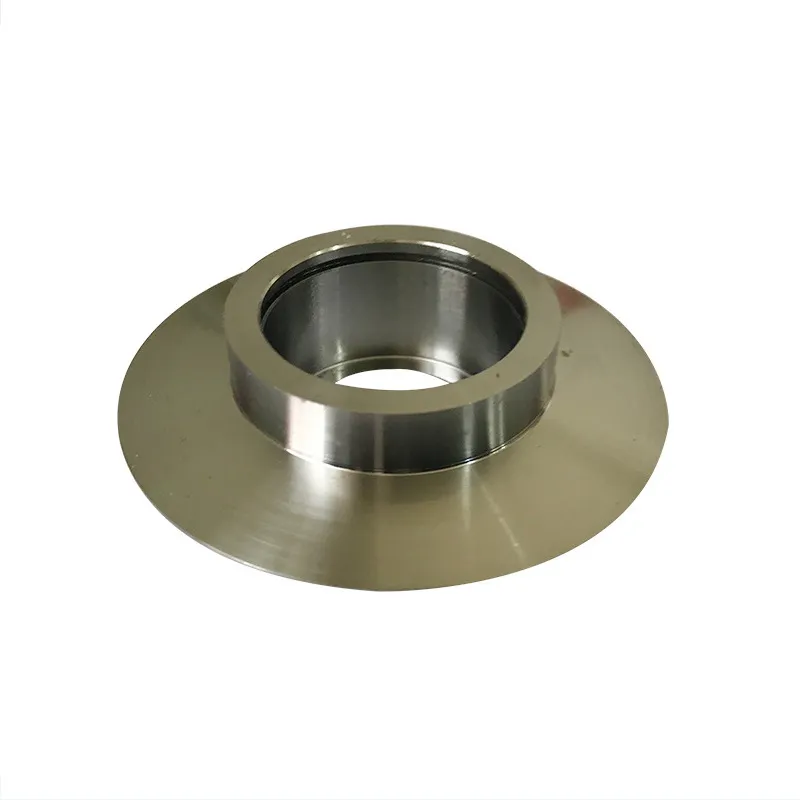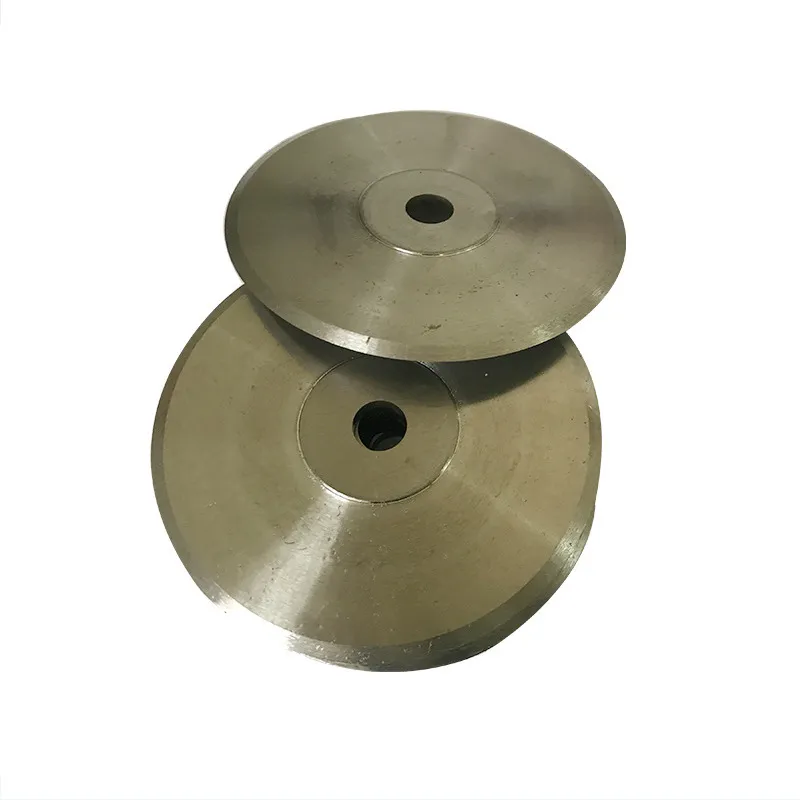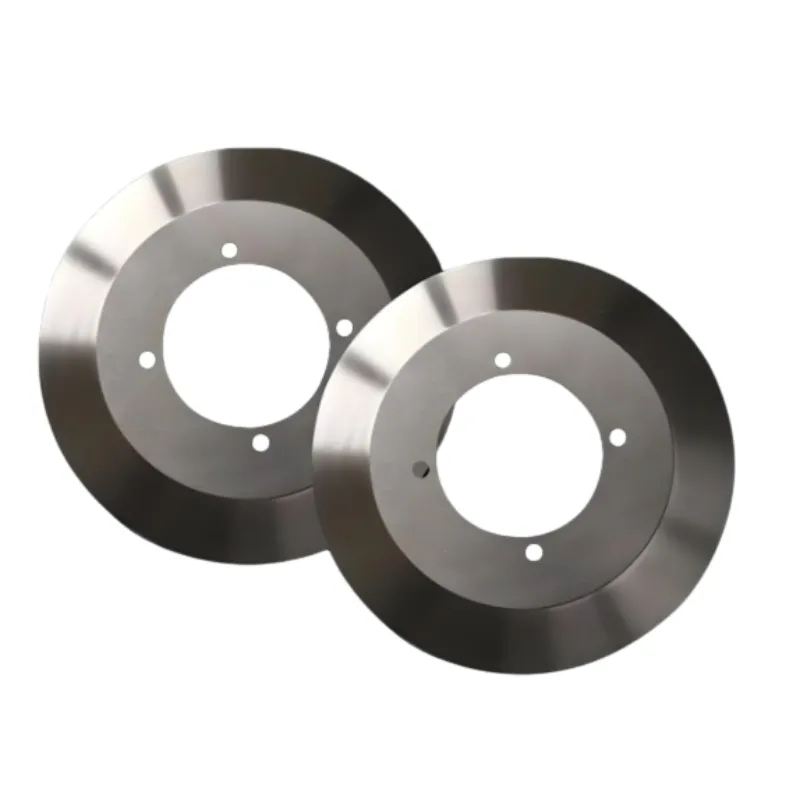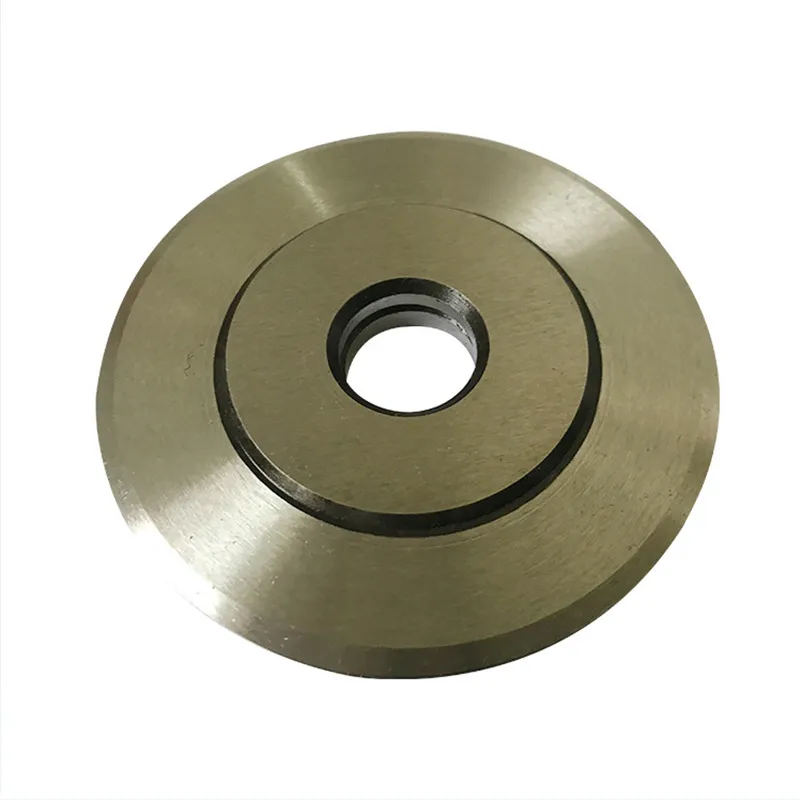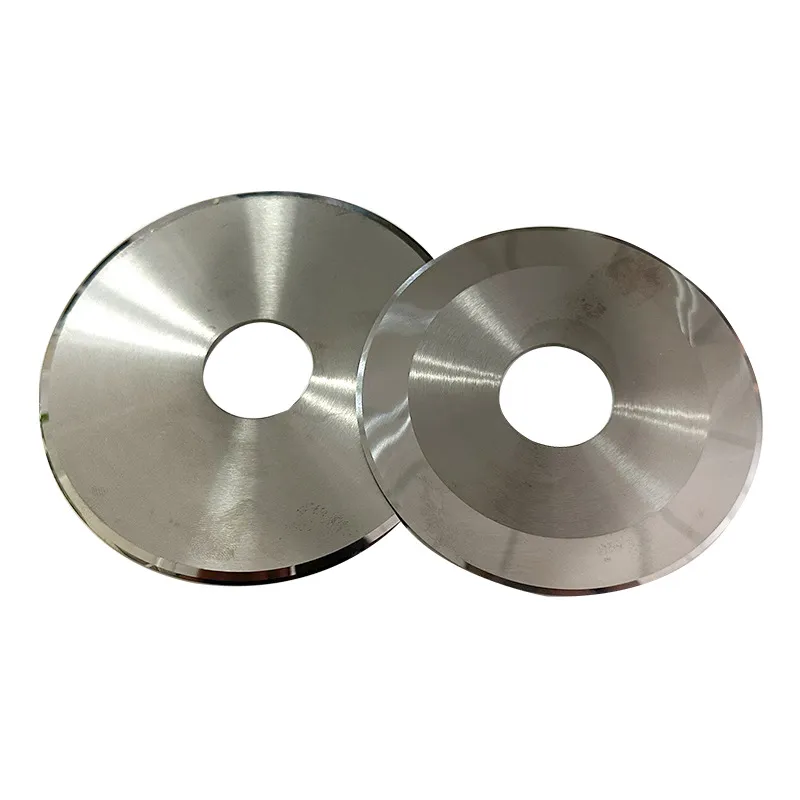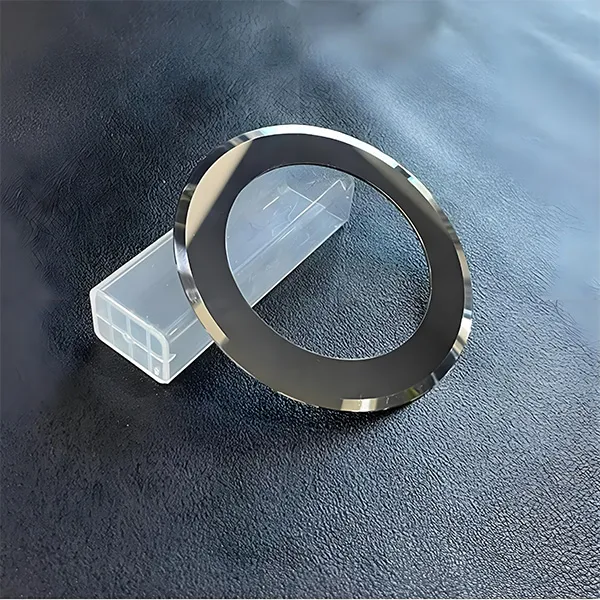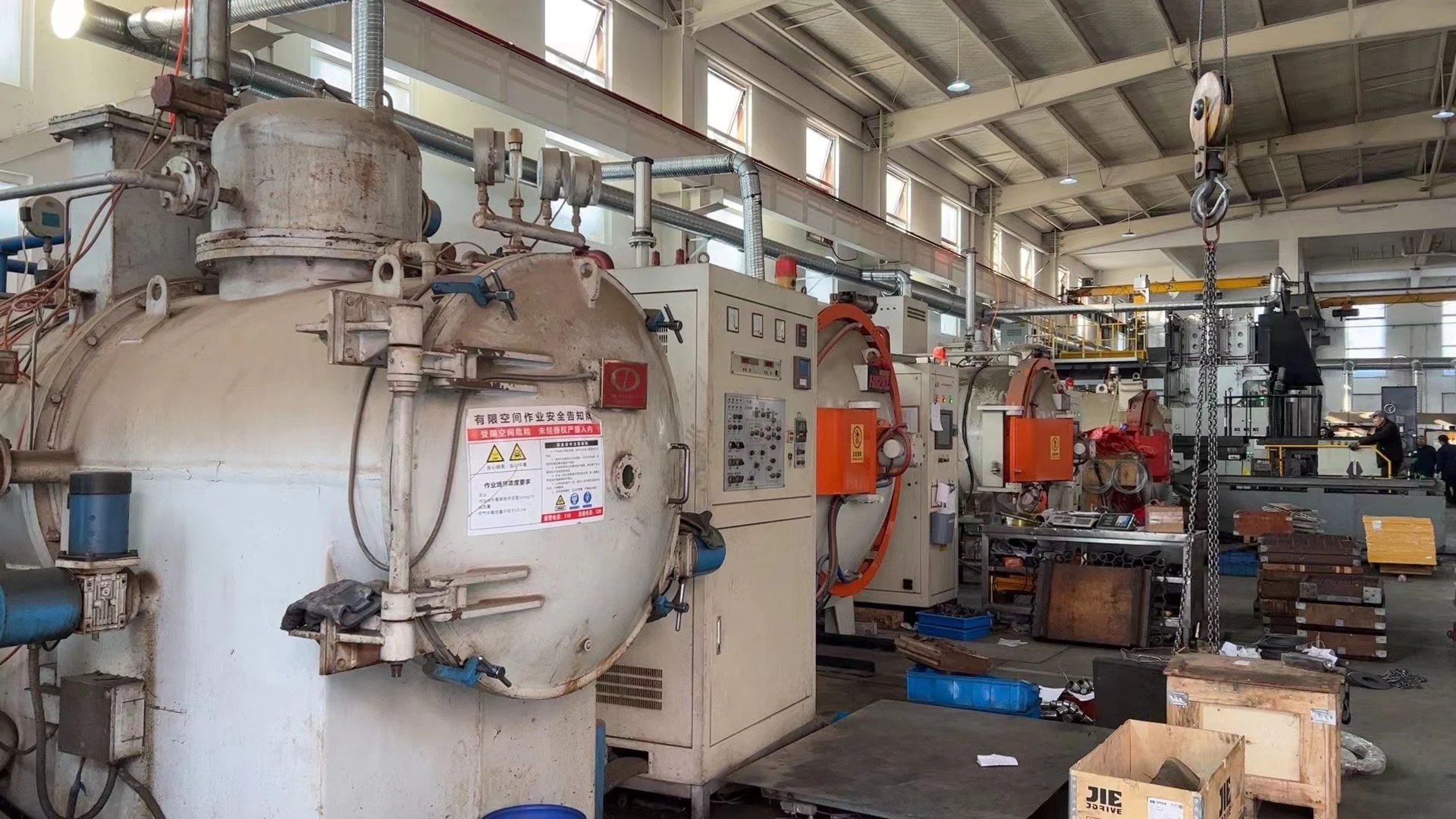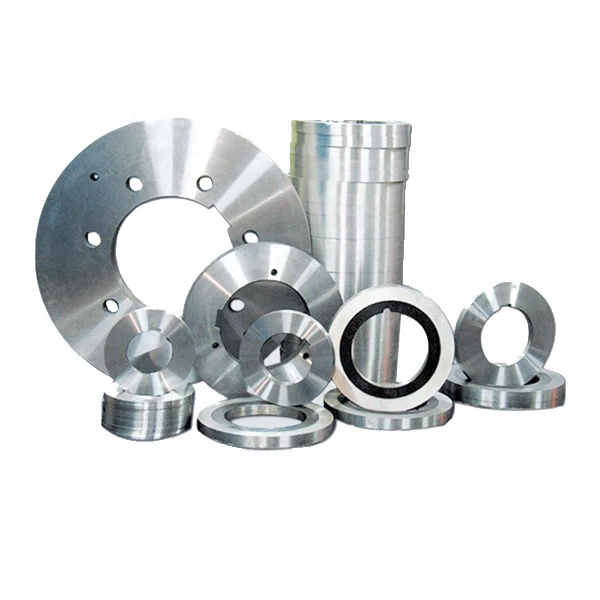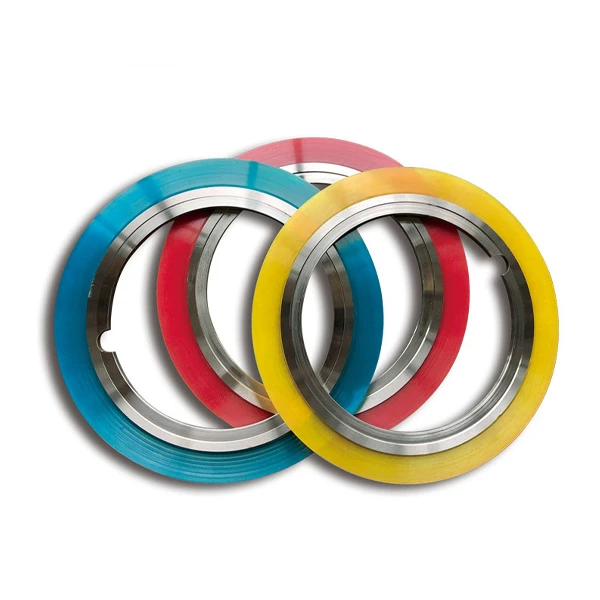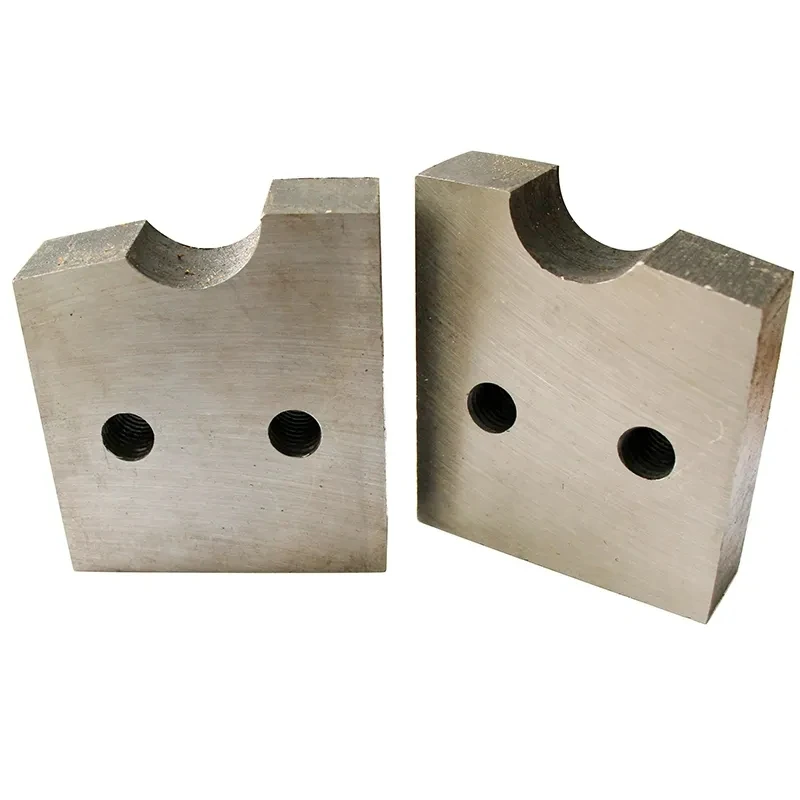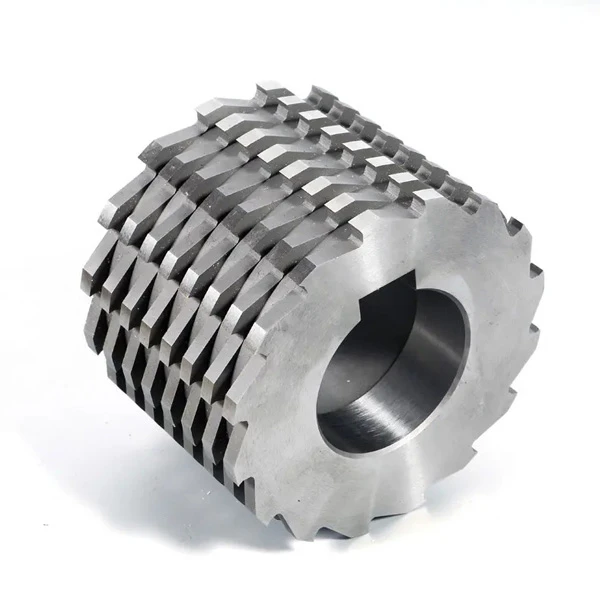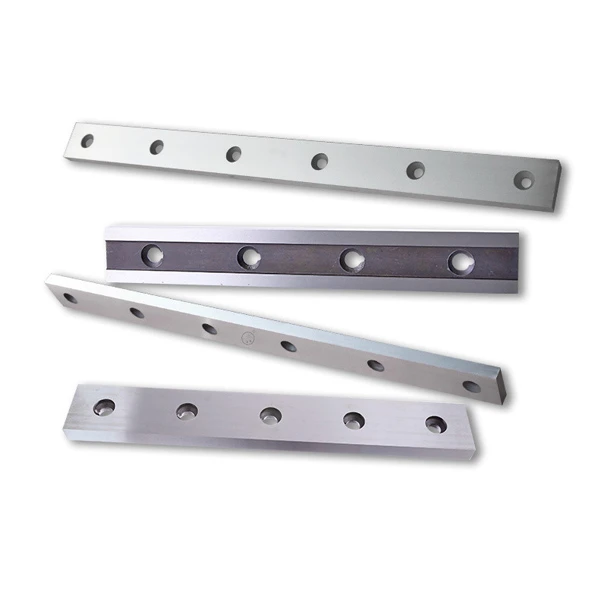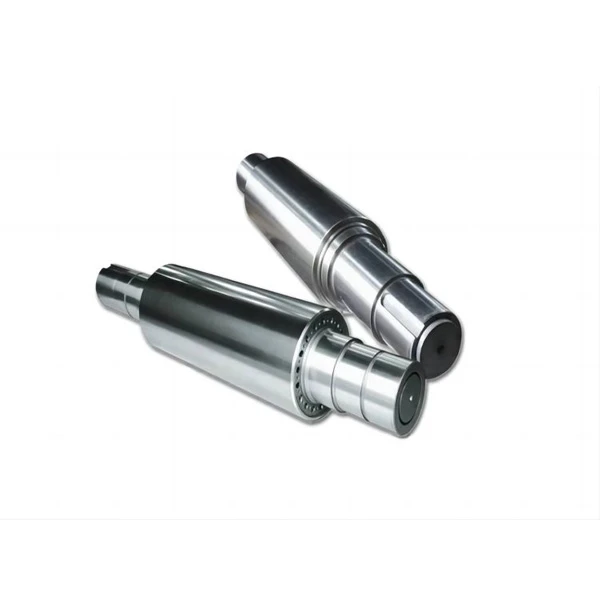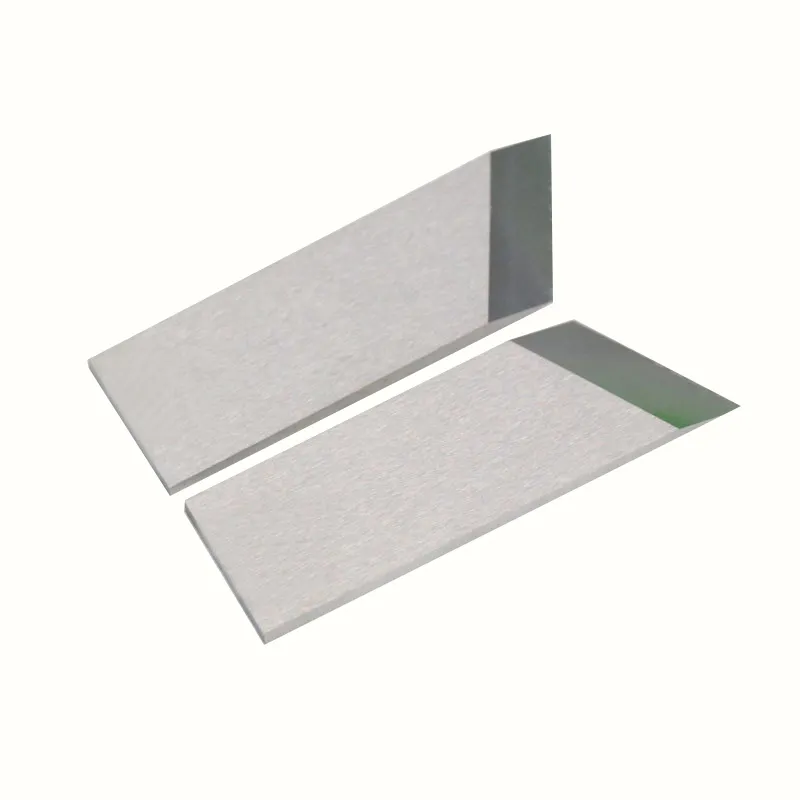- Tel: +86 15003285235
- Email: lena@industrialblades.cc
- Afrikaans
- Albanian
- Amharic
- Arabic
- Armenian
- Azerbaijani
- Basque
- Belarusian
- Bengali
- Bosnian
- Bulgarian
- Catalan
- Cebuano
- Corsican
- Croatian
- Czech
- Danish
- Dutch
- English
- Esperanto
- Estonian
- Finnish
- French
- Frisian
- Galician
- Georgian
- German
- Greek
- Gujarati
- Haitian Creole
- hausa
- hawaiian
- Hebrew
- Hindi
- Miao
- Hungarian
- Icelandic
- igbo
- Indonesian
- irish
- Italian
- Japanese
- Javanese
- Kannada
- kazakh
- Khmer
- Rwandese
- Korean
- Kurdish
- Kyrgyz
- Lao
- Latin
- Latvian
- Lithuanian
- Luxembourgish
- Macedonian
- Malgashi
- Malay
- Malayalam
- Maltese
- Maori
- Marathi
- Mongolian
- Myanmar
- Nepali
- Norwegian
Tube Slitting Cutter Knife
1.Construction engineering: used for cutting steel pipes for building structures (such as scaffolding and support columns), requiring blades to adapt to batch cutting and high-intensity operations. Dense toothed blades can reduce burrs and improve construction efficiency.
2.Mechanical manufacturing: When processing precision components such as hydraulic cylinder barrels and transmission shafts, high-precision blades (such as SKD11 material) should be selected to ensure that the perpendicularity of the cut is ≤ 0.1 mm, meeting the requirements for subsequent welding or machining.
3.Energy and Chemical Industry: When cutting thick walled steel pipes such as oil and gas pipelines and reactor supports, it is necessary to use serrated blades with low-speed and large feed parameters (line speed 15-30 m/min) to improve chip removal efficiency and extend blade life by 35.
|
Hard Alloy |
Strong wear resistance, suitable for cutting high hardness steel pipes, with a long service life. |
Especially suitable for cutting stainless steel pipes |
|
High Speed Steel (Including Tungsten Molybdenum/Cobalt) |
Supports high-speed cutting (≥ 3000r/min) with excellent heat dissipation performance |
Especially suitable for cutting stainless steel pipes |
|
Alloy Tool Steel (Such as Cr12mov, 9crsi) |
By vacuum heat treatment, the hardness (HRC 58-62) is improved, while also considering wear resistance and toughness. |
Suitable for batch cutting scenarios of carbon steel pipes |
|
High Manganese Steel |
Balance between toughness and wear resistance, |
Suitable for rough cutting scenarios with high impact loads |
|
Composite Coated Blade |
Surface titanium plating or nitriding treatment to reduce friction coefficient and improve cutting efficiency |
Suitable for processing thin-walled steel pipes (≤ 2mm). |
|
Straight Knife |
Long blade design suitable for straight cutting, reducing pipe deformation |
|
Bending Knife |
The curved blade enhances the biting ability of complex pipe shapes and prevents blade slippage |
|
Circular Blade/Saw Blade (Outer Diameter ≥ 250mm) |
Rotary cutting is suitable for automatic pipe cutting machines, with high efficiency and smooth cutting edges, and is compatible with automatic pipe cutting machines |
|
Wavy Cutting Edge |
Disperse cutting stress and reduce the risk of blade breakage through serrated blade design |
Suitable for cutting thick walled steel pipes (≥ 5mm). |
|
Precision Grinding Plane |
The surface accuracy of the blade is ≤ 0.003mm, ensuring a smooth and burr free cut |
Suitable for cutting pipes for precision instruments |
|
Chip Breaker Design |
Triangular or arc-shaped chip breaking grooves can effectively discharge chips and avoid entanglement with blades |
Suitable for high-speed continuous cutting conditions |
|
Tolerance |
Ultra thin blades (0.05-0.5mm) require a tolerance control of ≤ 0.002mm, and it is recommended to use mirror treated blades for high-precision cutting scenarios. |
|
Adapt to Pipe Diameter |
Universal blades cover cutting of steel pipes with a diameter of 3-50mm, while special specifications (such as those with a diameter of over 100mm) require customized shaped blades. |
|
Cutting Speed |
Hard alloy blades support high-speed cutting at ≥ 3000r/min, while carbon steel blades are recommended to use ≤ 1500r/min to extend their lifespan. |
|
Demand Scenario |
Recommended materials and shapes |
Adaptation advantages |
|
High Precision Stainless Steel Pipe Cutting |
Hard alloy disc cutter |
Wear resistant and high temperature resistant, with smooth and clean incisions |
|
High Speed Slitting of Carbon Steel Pipes |
High speed steel straight/curved knife |
Fast heat dissipation, suitable for dynamic cutting |
|
Thick Walled Steel Pipe Rough Cutting |
High manganese steel or Cr12MoV alloy steel bending knife |
Strong impact resistance, reducing the risk of blade breakage |
|
Notes |
The thickness of the blade needs to be adjusted according to the wall thickness of the pipe (0.5-1.5mm is recommended for thin-walled pipes, and ≥ 2mm for thick walled pipes). |
|
|
Regular Grinding |
Blade edge wear ≥ 0.1mm requires re grinding, while hard alloy blades can be ground 3-5 times |
|
Rust Proof |
Carbon steel blades need to be coated with anti rust oil after use, and stainless steel or coated blades are preferred for humid environments |
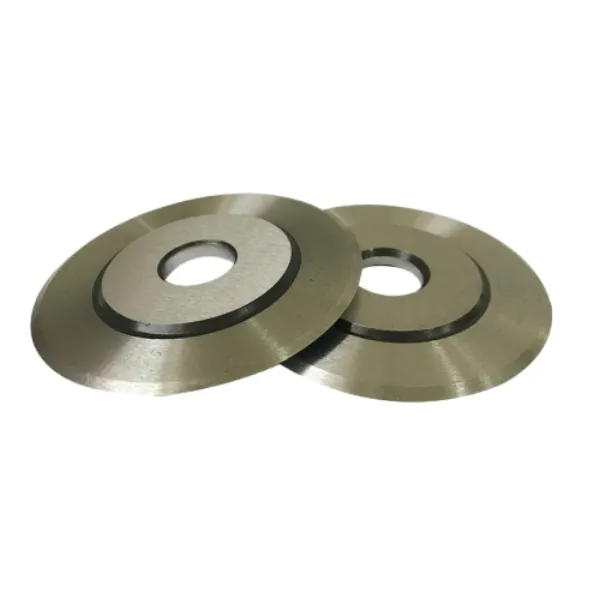
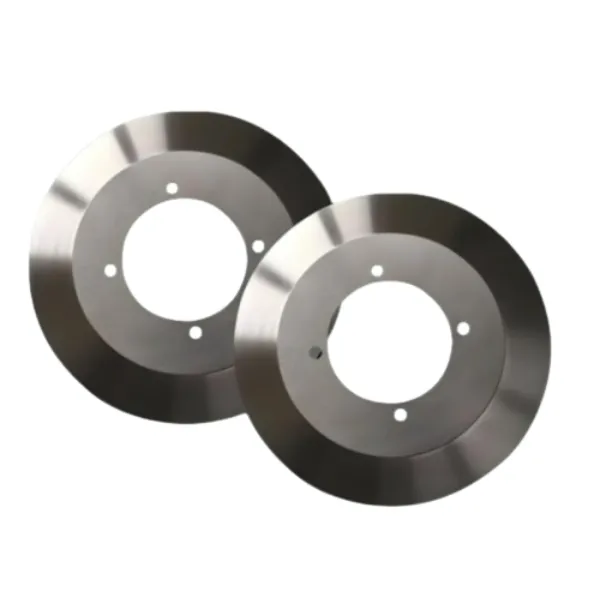
Durable Bar Cutting Blades for Heavy-Duty Applications
Our bar cutting blades feature specialized wear-resistant coatings that significantly extend blade life in high-volume cutting operations. The precision-balanced design minimizes vibration during operation, ensuring straight cuts and reducing machine stress. These blades are specifically designed to handle various bar diameters and steel grades, from mild steel to high-tensile reinforcement bars. With superior heat resistance and impact toughness, our bar cutting blades offer consistent performance in demanding industrial environments, helping businesses maximize productivity while minimizing downtime for blade changes.
Get Binsheng Blade Tech Tips
ISO 9001 insights: industry trends & blade guides
